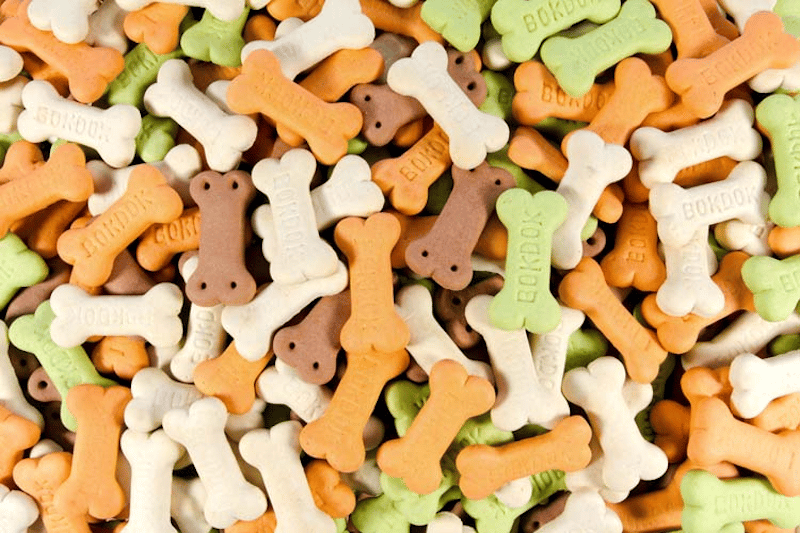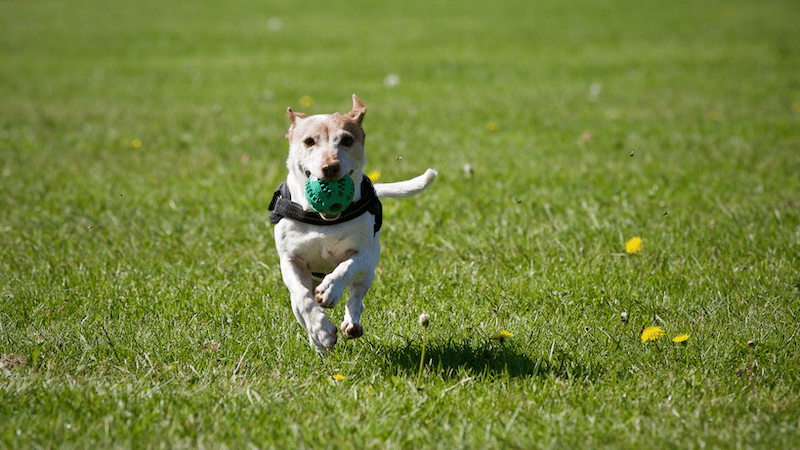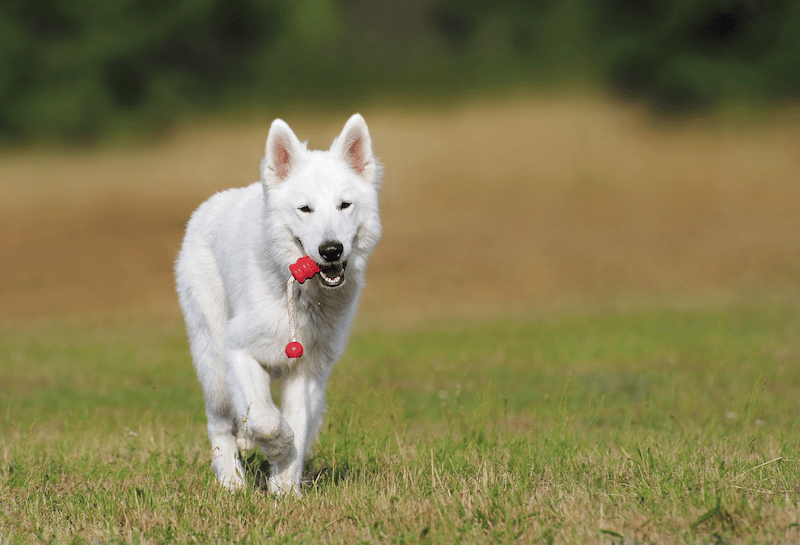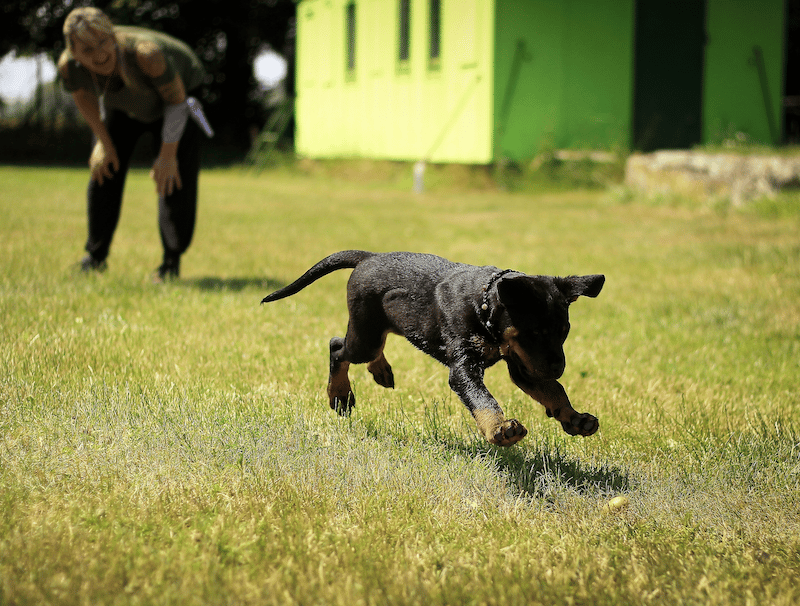Are you looking for the best way to train your dog? If so, you may be wondering if dog-training treats are a good option. In this post, we’ll discuss what dog training treats are and how they can help you train your pup. We’ll also share some tips on how to use them effectively. So, whether you’re a first-time dog owner or just looking for ways to improve your pup’s behavior, read on!
What Are Dog Training Treats?

Dog training treats are small, bite-sized pieces of food that are used to train dogs and reward them for good behavior. They can be made from a variety of ingredients, including meat, cheese, and even vegetables. While there are many different types of dog training treats available on the market, they all serve the same purpose: to provide your dog with positive reinforcement that will encourage them to repeat the desired behavior.
How To Figure Out What Treats Your Dog Likes
Every dog is different, so it’s important to find out what kind of treats your pup enjoys before you start using them for training. The best way to do this is to experiment with a few different treats until you find one that your dog really seems to love. It’s important to do this experiment while avoiding highly distracting environments.
You won’t be able to get an accurate observation of your dog’s likes or dislikes for the treat. Once you’ve found a treat that your dog goes crazy for, you can be sure that they’ll be motivated to repeat the behavior you’re trying to train them to do!
Tips For Choosing The Right Treats
When it comes to choosing the right dog training treat, there are a few things you’ll want to keep in mind. Below, we list some of the most important factors to consider:
1. Size
The size of the dog treat is an important factor to keep in mind while choosing which ones to purchase. I typically use smaller treats, no matter the size of our best friend. Unfortunately, many commercial treats are sold in much larger pieces than necessary.
Before your dog’s training session starts, look for tiny treats or cut larger ones into small bits. Even though you might feel like you’re cheating your dog, as long as he’s getting something he loves, he won’t care if it’s just a tidbit or the whole wiener.
Not only are smaller treats better for your dog’s health, but they won’t get full as quickly. For example, when puppies are in their beginning stages of training, they might eat dozens of treats each day. If you use low-calorie treats, a small number of calories will be consumed overall. This also means that your furry friend won’t get full before the session is done.
2. The Type Of Treat
When it comes to the type of treat, you have a lot of options. However, not all types of food are created equal when it comes to dog training. For example, some dogs love cheese, while others couldn’t care less about it. Personally, we recommend staying away from artificial flavors and try to give a treat with natural ingredients.
Dogs can have sensitive stomachs, so it’s important to find the right treat for them. We want to avoid health issues. While real meat and real chicken may be a great choice, I prefer those to be the “holy grail” of treats. For the basic commands, I usually stick to the smaller, soft-texture treats.
The best way to find out what type of treat your dog likes is to experiment with different kinds until you find one that gets them excited. Once you’ve found a winner, stick with it!
3. The Price
Dog training treats can range in price from a few dollars to over $100 per bag. While it’s important to find treats that your dog loves, you also don’t want to break the bank. Fortunately, there are plenty of affordable options available that will do the trick.
When it comes to price, it’s important to find a balance between quality and quantity. I usually get about 500 treats for around $12.
4. The Ingredients
When you’re looking at different kinds of dog treats, it’s important to pay attention to the ingredients list. Ideally, you want to find an option that’s made with natural, healthy ingredients that you can pronounce.
Avoid treats that are made with artificial flavors, colors, or preservatives. Not only are these ingredients bad for your dog’s health, but they can also cause an upset stomach. You also want to watch out for food allergies; even high-quality ingredients can yield an upset stomach, so make sure you pay attention to your dog’s stool after a training session.
5. Storage
When you’re not using dog treats, it’s important to store them properly to keep them fresh. Most commercially-produced treats come in resealable bags, which is helpful for maintaining freshness. However, if you’re making your own treats or purchasing them in bulk, you’ll need to find an airtight container to store them in.
It’s also important to consider how long the treats will last before they go bad. If you only use treats occasionally, then you can get away with storing them for longer periods of time. However, if you use them frequently, then it’s best to only make small batches that will be used within a few weeks.
Classifications Of Dog Treats

There are three main types of dog treats, high-value, low-value, and medium-value treats. High-value treats are typically reserved for special occasions, such as when your dog learns a new trick or command.
What Are “High Value” Dog Treats?
High-value treats are generally moist or freeze-dried, extra smelly, and something your dog only gets during training sessions. Tiny pieces of chicken, liverwurst, tripe, or even peanut butter (make sure it’s xylitol-free) smeared on a spoon work great. Consider your high-value treats as rewarding your dog with an “A+++” for good behavior and training.
When Should You Use High-Value Treats?
1. There is a misconception in the training community about when to give high-value treats. Some think to give it in the beginning stages of training; some think when the dog is having issues focusing, etc. High-value treats are given when the dog does something that’s deserving of that reward. If it is a complex behavior, give that reward. If he goes and retrieves your remote, beverage, phone, etc., give that dog a great reward.
2. Training dogs isn’t always about giving hot dogs to refocus the dog. We want to create and reinforce positive behaviors, but the dog doesn’t need a sweet potato for performing a simple command like “sit.” The more we give these treats, the lesser in value they become. Let’s keep those tasty treats for special behaviors.
What Are “Medium-Value” Dog Treats?

These treats are usually semi-moist or dry treats made from ingredients that your dog doesn’t get in their regular food. Medium-value treats are given more frequently during training sessions and in everyday routines.
Some examples of medium-value treats include kibble, small pieces of hot dog or cheese, and bits of chicken or fish.
When Should You Use Medium-Value Treats?
1. During Training Sessions: Medium-value treats can be used during training sessions to reward your dog for good behavior.
2. When rewarding an already known behavior: If you’re just rewarding your dog for a behavior he already knows, like going to his mat or sitting, then medium-value treats are fine to use.
3. In Lower-Distraction Situations: If you’re working on training in a low-distraction environment, like your living room, then medium-value treats can be used. However, if there are more distractions, like other people or animals around, then you’ll want to use higher-value reward to ensure we reinforce good behavior in those settings.
What Are “Low-Value” Dog Treats?
Low-value treats are a great way to stay on track with your dog’s training program because they typically have fewer calories than high and medium-value dog treats. Low-value treats are usually dry and crunchy. You can use your dog’s regular food as a low-value treat option.
When to use low-value dog treats:
1. New puppy training: The frequency of the dog receiving treats is very high in the beginning. Whether we are doing potty training, basic commands, or crate training, we want to make sure we have a happy training session full of training treats.
2. Throughout the day: You can use low-value treats throughout the day to help your dog learn that good things happen when he listens to you. For example, if you ask your dog to sit before you put his food bowl down, then he’ll start to associate sitting with getting something he wants (his food).
3. Low-distraction environment: If you’re working on training in a low-distraction environment, like your living room, then low-value treats can be used.
4. As part of regular enrichment activities: You can use low-value treats as part of regular enrichment activities, like puzzle toys or hide-and-seek games. This will help your dog associate good things with listening to you and following your commands.
List Of Best Training Treats
Here is a list of the best dog training treats:

- Zuke’s Mini Naturals
-
Full Moon Organic Training Treats
-
Pet Botanics Training Reward
-
Redbarn Protein Puffs
-
Wellness soft puppy bites
-
Old Mother Hubbard Dog Treats
-
Buddy Biscuits Training Bites
Conclusion
When it comes to choosing the best training treats, it’s important to consider what will motivate your dog the most. Dog owners need to know it doesn’t matter if you have large dogs or small dogs; they need training. If the dog is food motivated (and not all are), make sure you do some trial and error to find the best treats for your pup.
Older dogs can learn new tricks too! Go in knowing your training purposes, and try to stick to that goal. I typically use Pet Botanics when I come out to you and train. They are chewy treats that dogs tend to enjoy. They are relatively small treats that don’t occupy too much real estate in the tummy.
Need Puppy Training? Contact Us!
If you’re looking for professional puppy training, then contact us today! We offer a variety of services that can help you and your pup get on the right track. From obedience training to behavioral modification, we have a program that’s perfect for you and your dog. Contact us today to set up a consultation!











